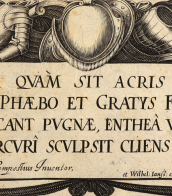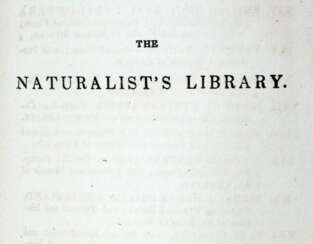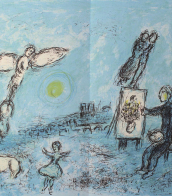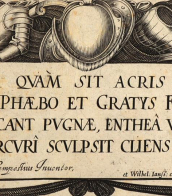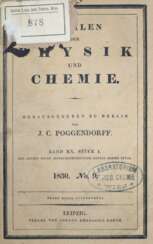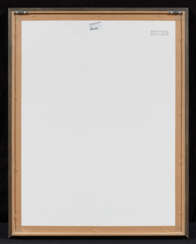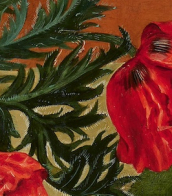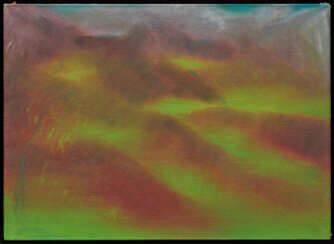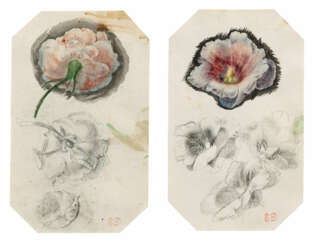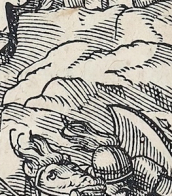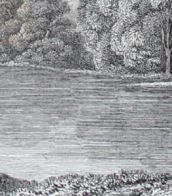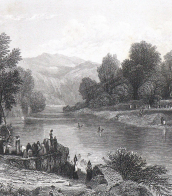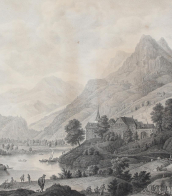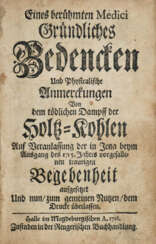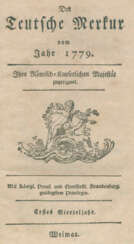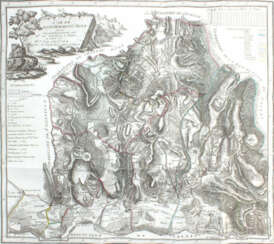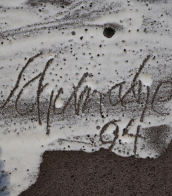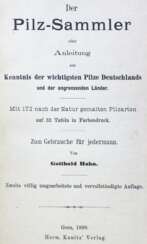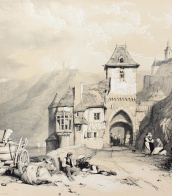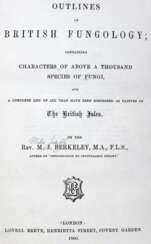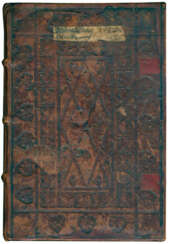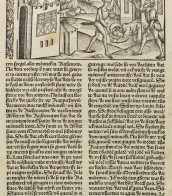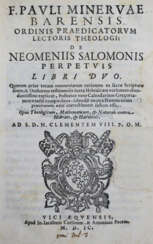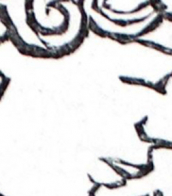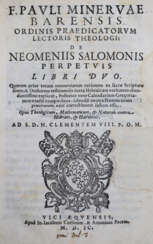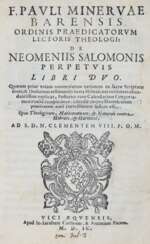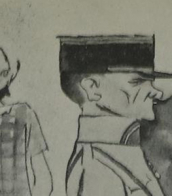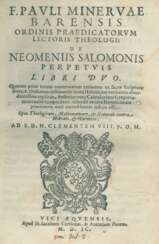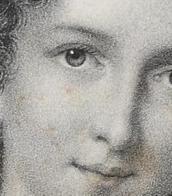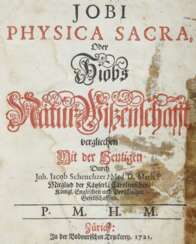natur<br /&
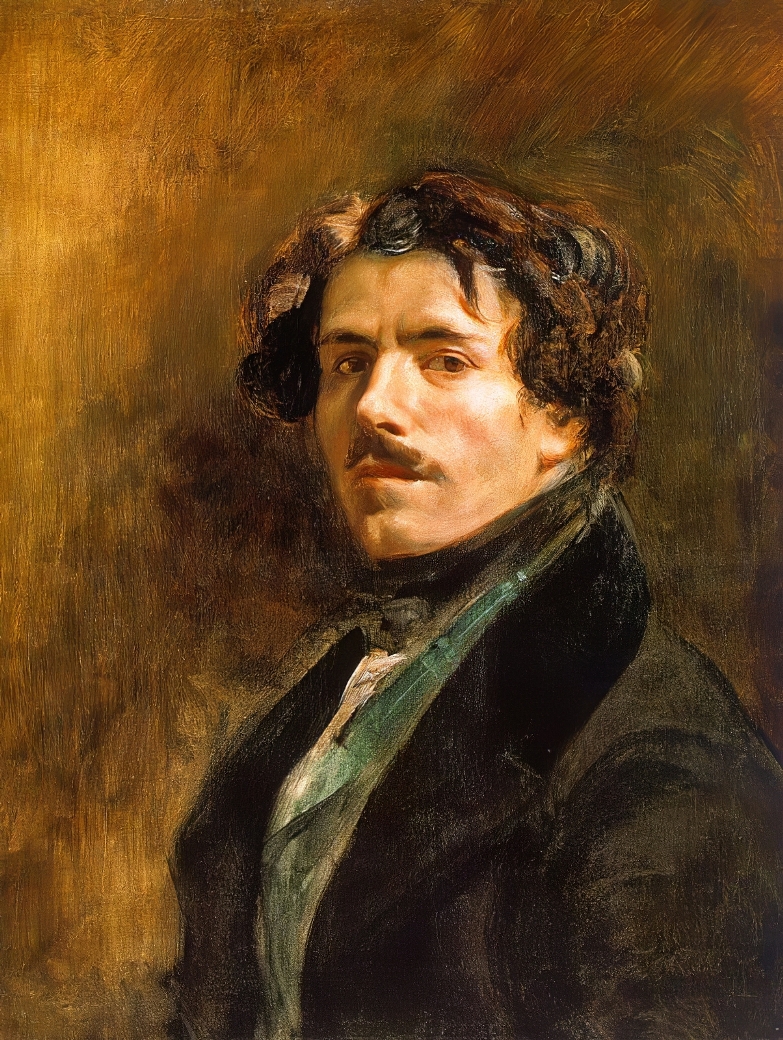
Ferdinand Victor Eugène Delacroix was a French Romantic artist, celebrated for revolutionizing the art world with his expressive brushstrokes and masterful use of color. Delacroix's art is characterized by its emotional intensity, vibrant colors, and dramatic themes, often drawing inspiration from historical, literary, and exotic sources. His innovative techniques and passion for expressive content made him a pivotal figure in the transition from the Neoclassical to the Romantic movement, influencing both the Impressionist and Symbolist movements that followed.
Delacroix's fascination with the exotic and the sublime led him to North Africa in 1832, where he captured the spirit and colors of Moroccan life, influencing his later works with themes of orientalism. This trip inspired masterpieces such as "Women of Algiers in their Apartment" (1847-1849), showcasing his ability to blend vivid color with intricate detail to evoke a sense of place and culture. His masterpiece, "Liberty Leading the People" (1830), is emblematic of his political engagement and artistic audacity, capturing the spirit of the 1830 revolution with a realism and fervor that resonated with the public and critics alike.
Delacroix's legacy extends beyond his paintings. As a muralist and lithographer, he left a significant mark on public and private art collections, with works displayed in prestigious institutions like the Louvre. His impact on the art world is seen in his influence on subsequent generations of artists, from the Impressionists' exploration of color and light to the Symbolists' fascination with dreamlike and exotic themes.
For collectors and experts in art and antiques, Delacroix represents not only a high point in Romantic art but also a bridge to modern artistic expressions. His works, housed in museums around the world, continue to inspire and captivate audiences with their intensity and beauty.
If you're passionate about Delacroix's contribution to art and culture, consider subscribing for updates on new product sales and auction events related to this iconic artist. Stay informed on opportunities to add a piece of art history to your collection.
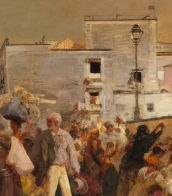
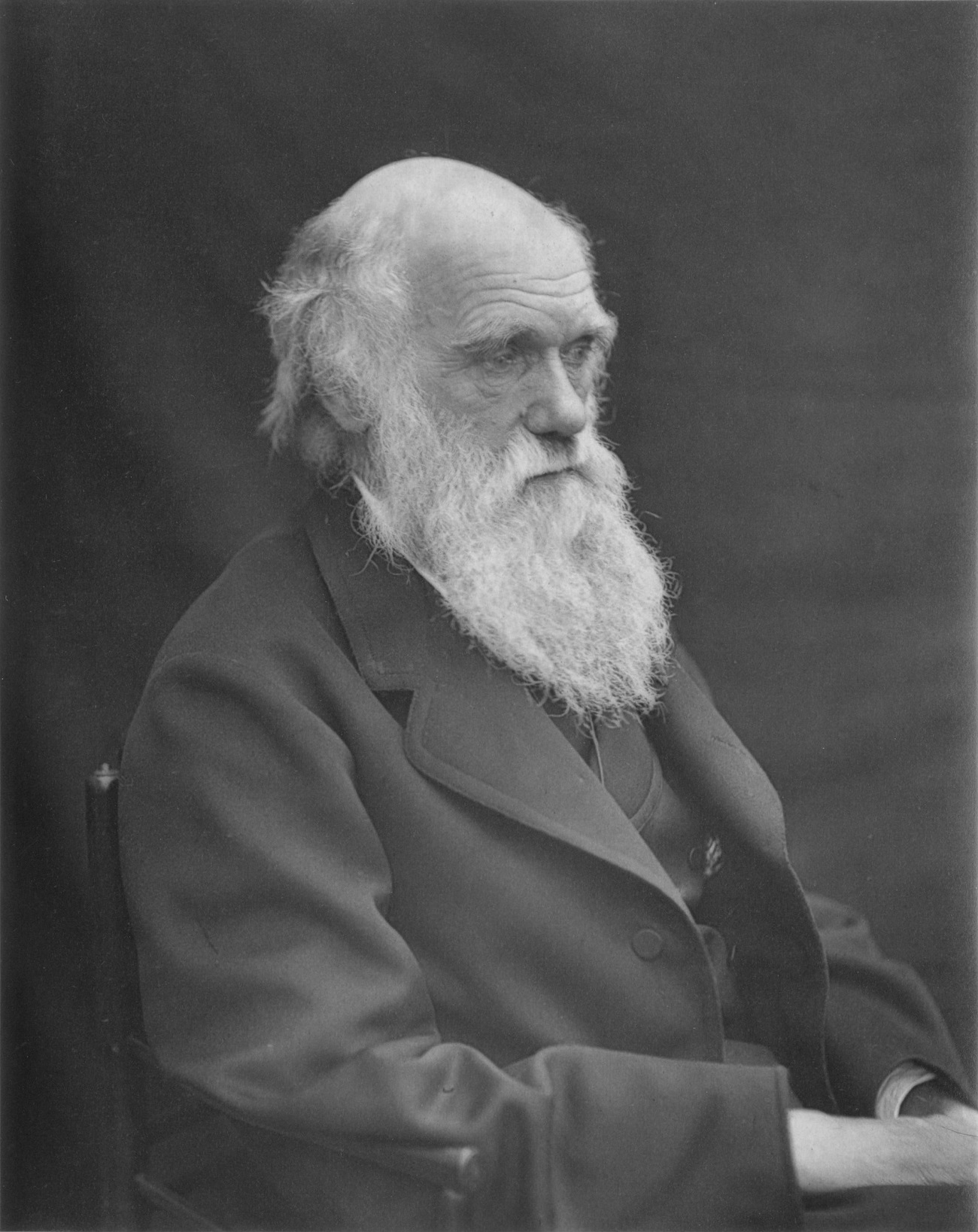
Charles Robert Darwin was an English naturalist, geologist, and biologist, widely known for contributing to the understanding of evolutionary biology. His proposition that all species of life have descended from a common ancestor is now generally accepted and considered a fundamental concept in science. In a joint publication with Alfred Russel Wallace, he introduced his scientific theory that this branching pattern of evolution resulted from a process that he called natural selection, in which the struggle for existence has a similar effect to the artificial selection involved in selective breeding. Darwin has been described as one of the most influential figures in human history, and he was honoured by burial in Westminster Abbey.
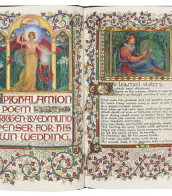
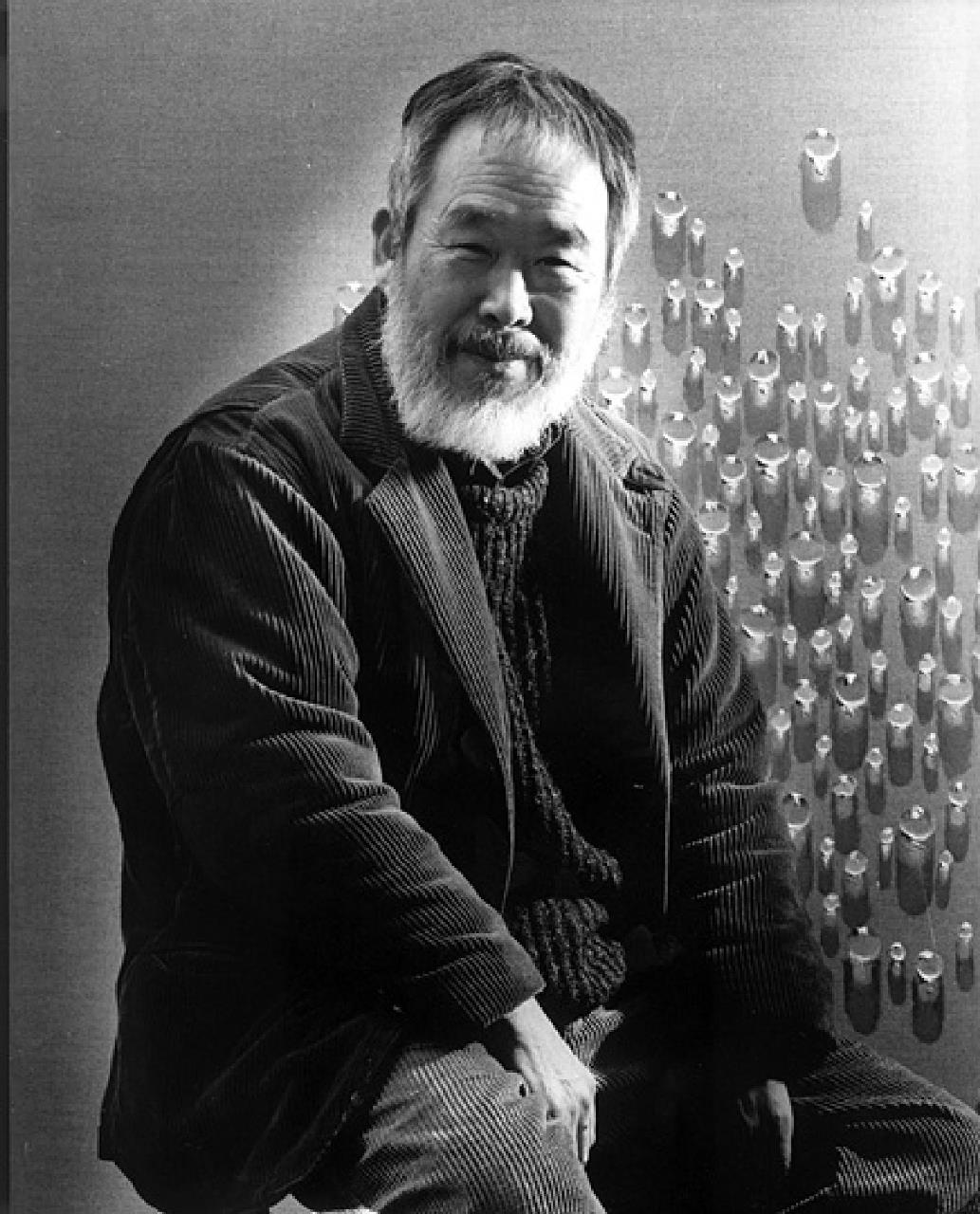
Tschang-Yeul Kim is a South Korean abstraction artist, one of the most famous figures in the history of modern Korean art.
He lived most of his life in Paris, France, where he developed his own unique style of painting. Tschang-Yeul Kim painted paintings with a variety of water droplets that appear to protrude from the canvases as if the canvas were "crying," but are in fact optical illusions.
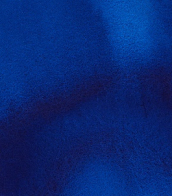
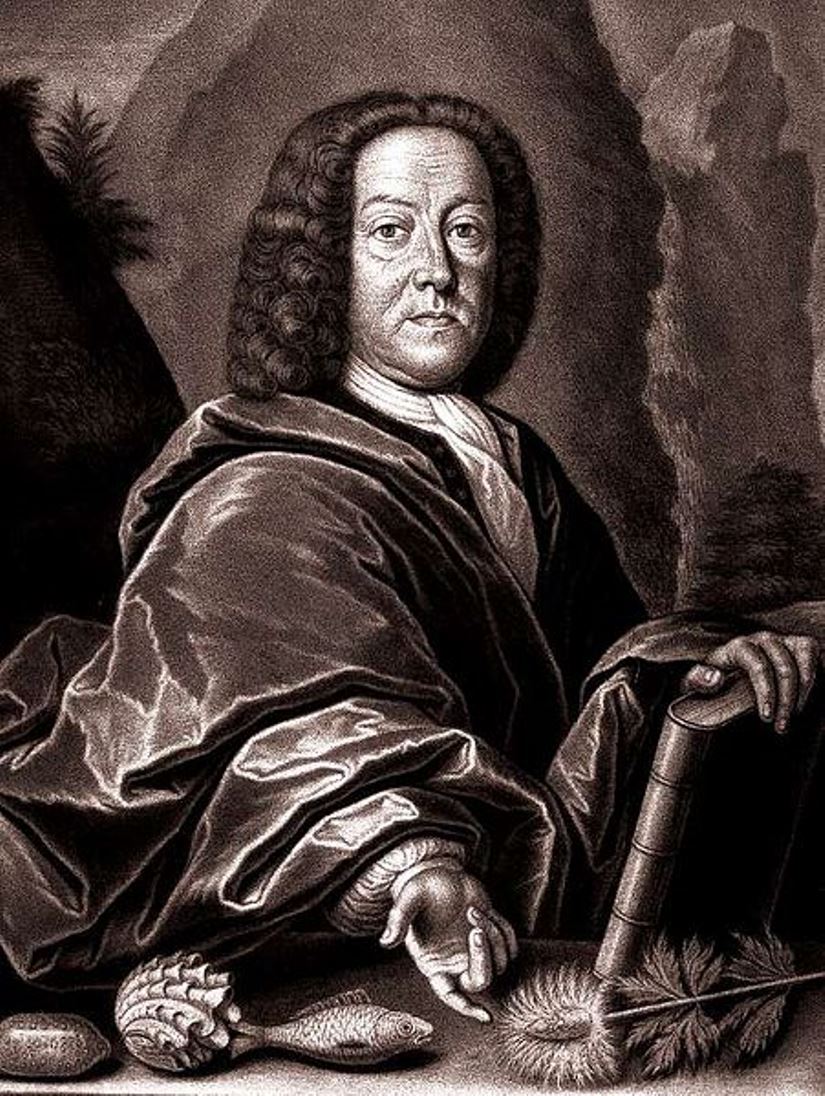
Johann Jakob Scheuchzer was a Swiss naturalist and geologist, paleontologist and fossil collector.
Scheuchzer studied at the University of Altdorf near Nuremberg, earned a doctorate in medicine at Utrecht University, and studied astronomy. He worked as a teacher, physician, and corresponded extensively with many scientists, writing several papers, including those on Swiss research, weather, geology, and fossils. Scheuchzer collected fossils during his extensive travels. And, as a proponent of diluvialism, he believed that all fossils and layers of the earth were formed by the Flood.
Between 1731 and 1735, Scheuchzer published a massive four-volume work called Physica Sacra, which is essentially a commentary on the Bible. It presented the facts of natural history along with passages of scripture. Thus Physcia Sacra attempted to reconcile the Bible with science.
This book is also called the "Copper Bible" because it contains over 750 magnificent color engravings on copper plates. These engravings are in themselves the pinnacle of engraving from the Baroque period. The illustrations depict scenes with biblical and scientific motifs. They were based on his own cabinet of natural history and other famous European cabinets of rare specimens. The engravings were produced by highly skilled engravers, including Georg Daniel Heumann and Johann August Corwin.
During his lifetime, Johann Jakob Scheuchzer wrote 34 scientific papers and many articles, and he was a member of the Royal Society.
